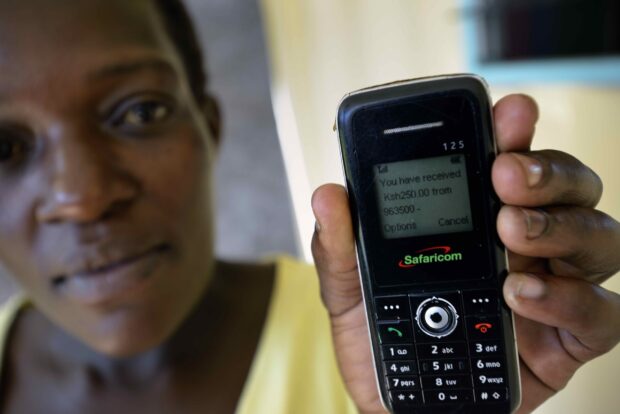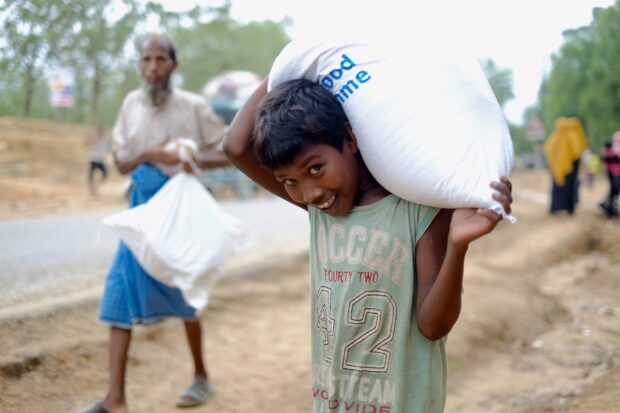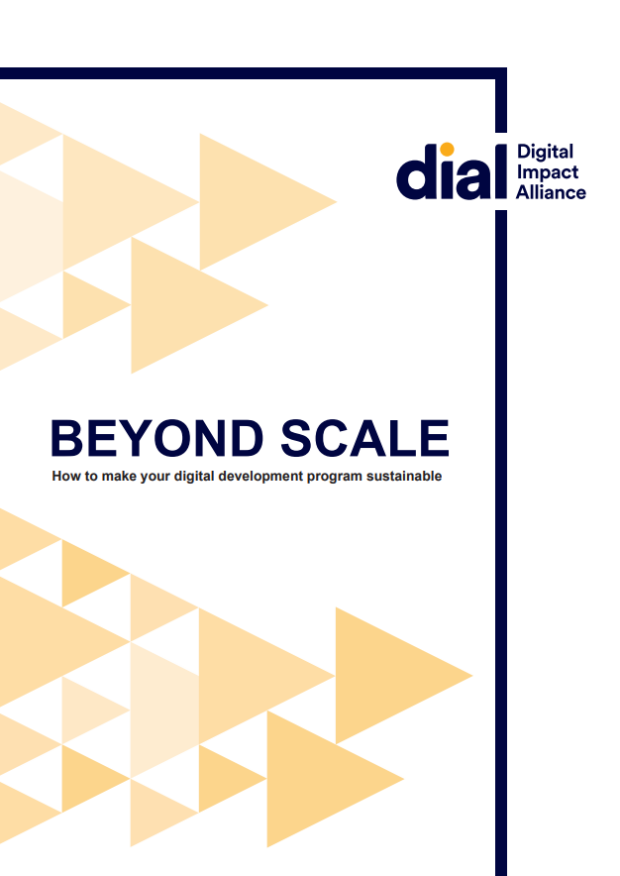The mobile Vulnerability Analysis and Mapping (mVAM) project was designed to both collect data from World Food Programme beneficiaries and share critical information with them.
Since its inception in 2013, mVAM has developed SMS, interactive voice response (IVR), and computer assisted telephone interviewing (CATI) techniques to allow World Food Programme country teams to provide beneficiaries with access to free information, collect feedback, and monitor food security and nutrition trends.
Key findings include:
- Simplify questions and replace jargon with slang and colloquial language to make users feel they are talking to an actual person and not a robot.
- Make the user experience more intuitive for people with low digital literacy.
- Ensure that the chatbot understands user misspellings.
- Develop a chatbot that consumes as little data as possible and works on Facebook Messenger Lite and all internet-enabled phones.
- Consider that chatbots may be most useful for the transmission of non-sensitive data.
- Follow the “security by design” principle to ensure data security and privacy (e.g., through encryption and account permission settings).
- If a project works across various countries, ensure that each country is able to collect data through a chatbot that is useful in their own local context.




